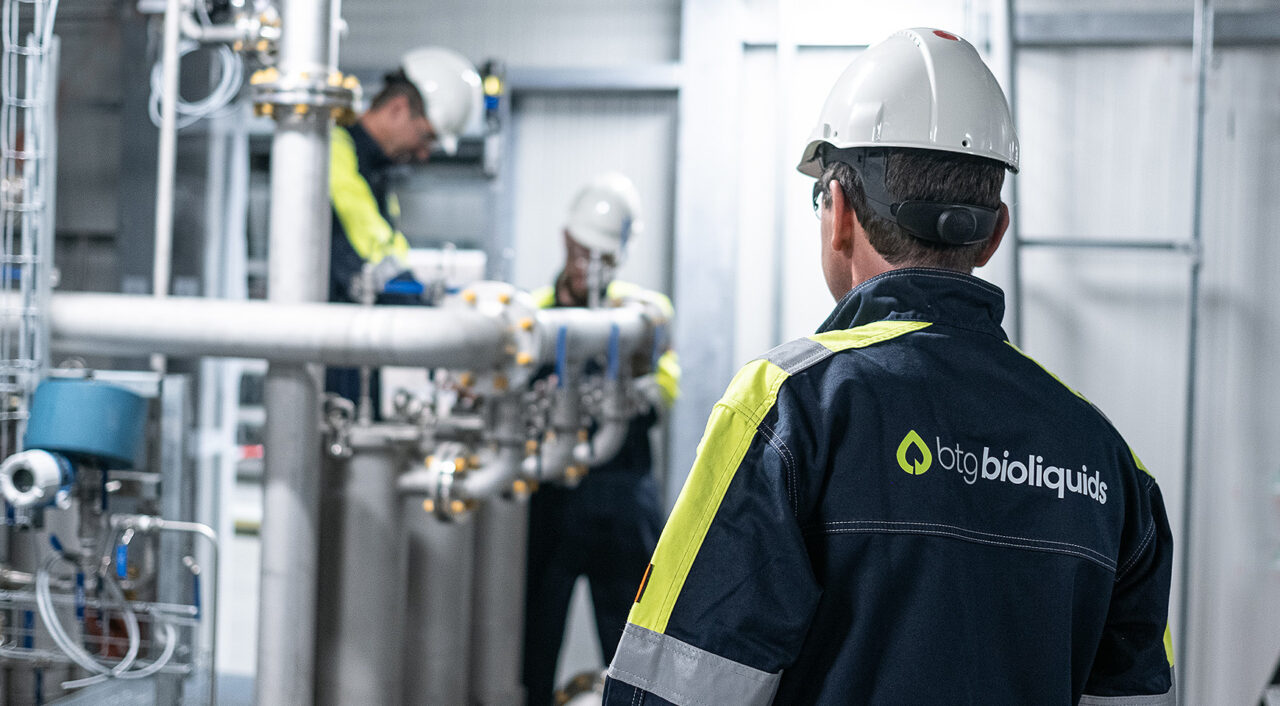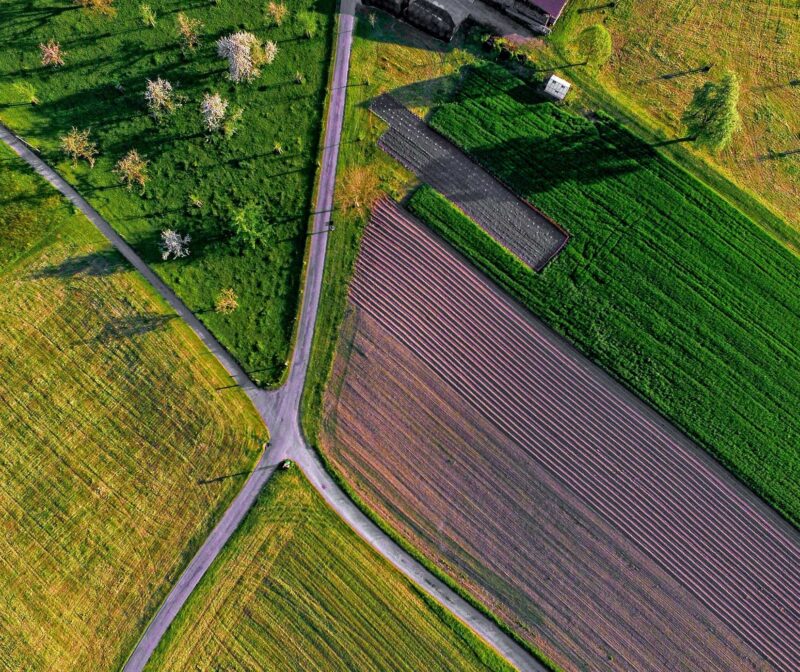

The most distinctive asset of our patented technology is the Rotating Cone Reactor (RCR). It allows for intense mixing without the use of an inert carrier gas. The RCR design results in a remarkably small reactor, reduced system complexity and a minimal down stream equipment size, compared to other pyrolysis technologies.
Our fast pyrolysis technology turns biomass residues into a renewable bioliquid that can replace fossil fuels. The key features of our technology – the exclusive use of biomass residues and the opportunity for local processing – make it a truly sustainable solution.

Due to the characteristics of our modified RCR (Rotating Cone Reactor) technology and the engineering and design of our fast pyrolysis process, we achieve lower CAPEX and OPEX than competing pyrolysis technologies. The plants we deliver are already economical at a feedstock availability of 5 tons per hour.
Find out more about the specifics or our technology, including:

The input capacity of our pyrolysis plants is very well aligned with agricultural and forestry operations. Our plants can be located close to the source of biomass residues, to minimize biomass transportation. The local processing of residues offers significant and multiple benefits:
